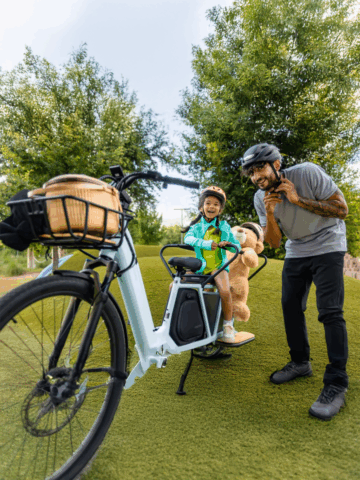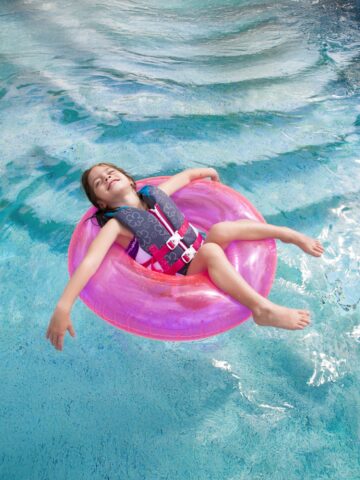Under COVID-19 stay-at-home orders, children are spending more time at home and playing outdoors, increasing their potential access to unlocked cars. Parents who are worried about bringing children into stores or pharmacies might also consider allowing them to wait in the car.
Both these scenarios put children at risk of heatstroke, which can happen when body temperature rises to dangerous levels and it isn’t able to cool itself quickly enough. A child’s body warms three to five times faster than an adult.
In the past two years, more than 100 children died of heatstroke because they were left alone or became trapped in a hot car. Nearly every state has experienced a child vehicular heatstroke death.
These tragedies are preventable. Community educators at CHOC recommend the following tips for avoiding heatstroke:
- Never leave your child alone in the car, for any amount of time. In California, it’s against the law to leave any child younger than 6 alone in a vehicle without a person who is at least 12 years old.
- During this pandemic, consider having an older sibling watch younger children at home if you need to leave the house for an essential errand. Another option might be having essential items delivered to the home.
- Remember that cracking open a window will not cool down the car and therefore will not prevent heatstroke.
- Children as young as 1 and 2 are known to climb into unlocked cars and in trunks to play, but they can’t always get out. Teach children not to play in cars and keep your car doors and trunk locked so they can’t get in on their own. Keep key fobs out of reach, so children cannot open locked cars on their own.
- Create reminders for yourself not to forget your child in the backseat of your car. Leave an important item in the backseat near your child, like a wallet or cellphone that is needed at your final destination.
- If you notice a child alone in a car, call 911.
Parents can retain these tips by remembering to ACT—
Avoid leaving your child alone in the car.
Create reminders, such as one that ensures you dropped your child off at daycare that morning.
Take action. If you see a child alone in a car, calling 911 could mean saving their life.
Heatstroke symptoms include dizziness, disorientation, agitation, confusion, sluggishness, hot and dry skin that is flushed but not sweaty, loss of consciousness, rapid heartbeat and hallucinations. These symptoms can progress to seizures, organ failure or death if not immediately treated.
If a child is experiencing heatstroke, there are several things you can do until medical assistance arrives. Take the child to a cool place, remove as much of their clothing as possible, and apply cold packs or ice to areas with large blood vessels (neck, groin, armpits) to accelerate the cooling process.





